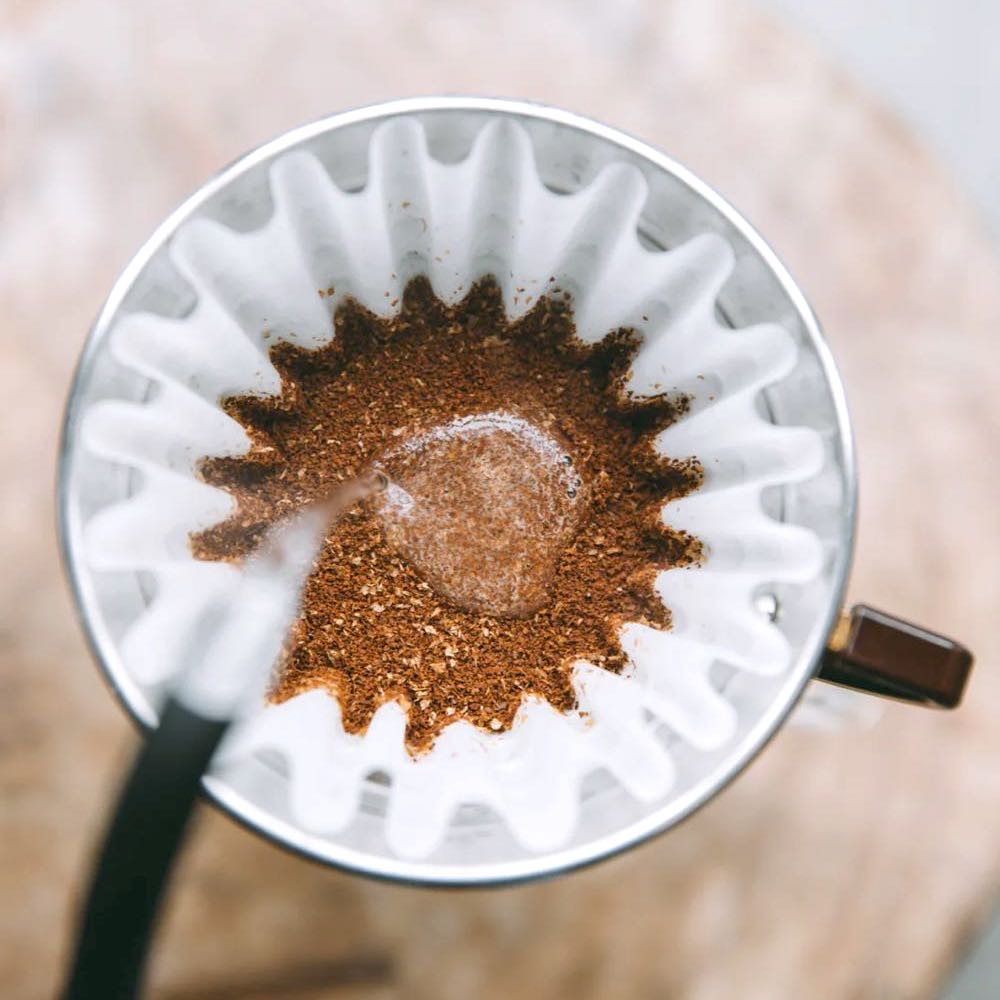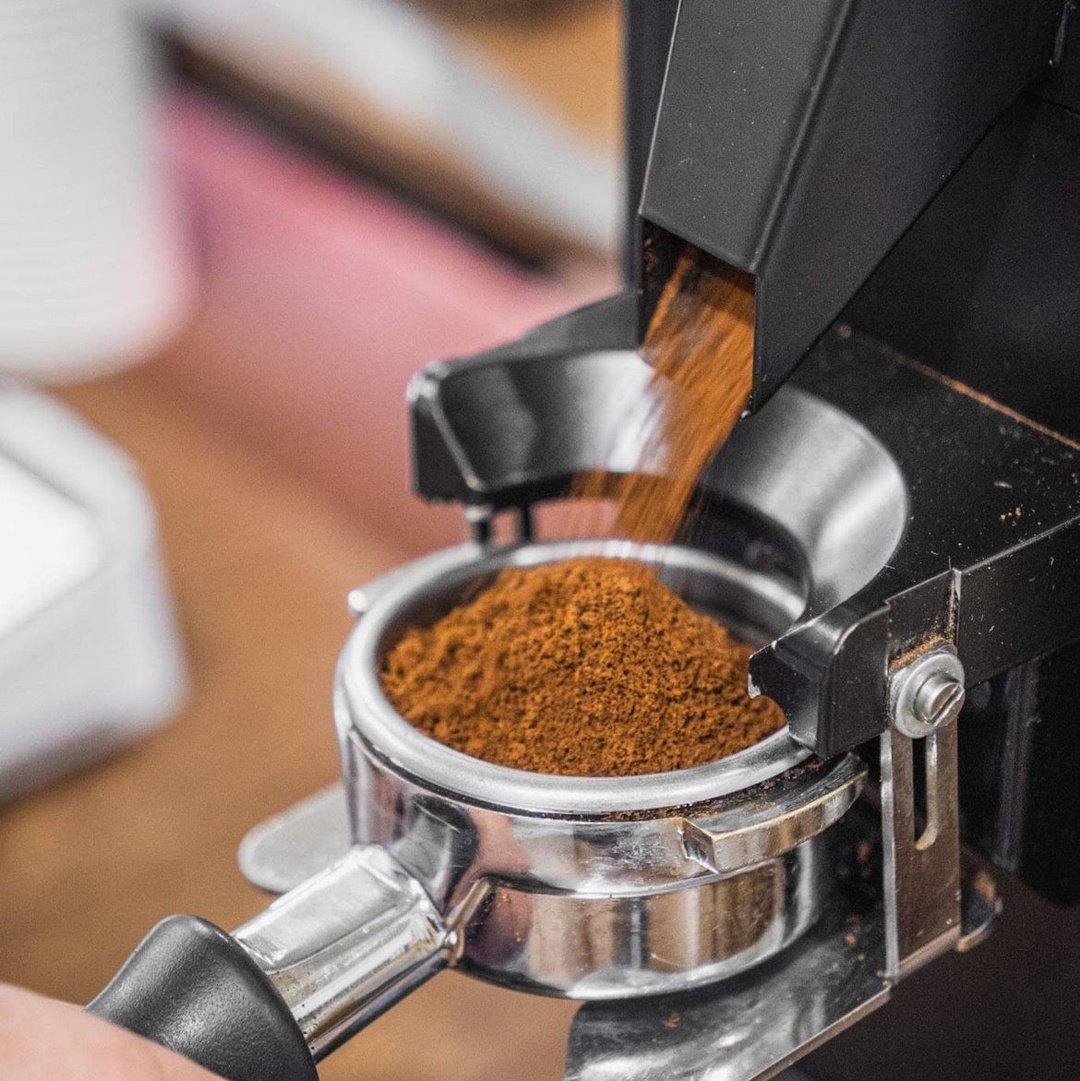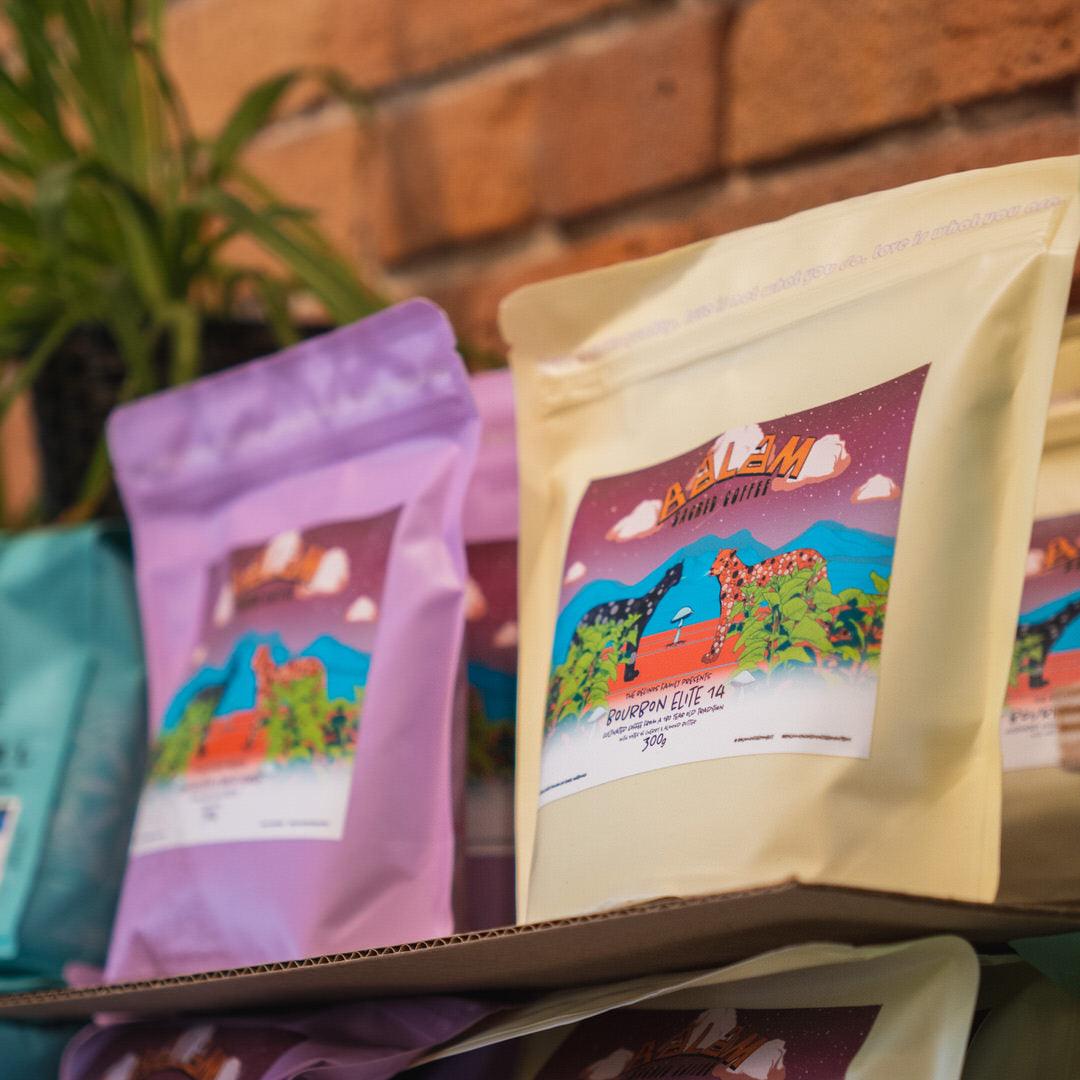If you are starting to get interested in coffee extraction and grind size, you've probably heard the term fines. To understand what they are, you've come to the right place.
Fines in coffee extraction and flavor are often misunderstood. Let's break down fines' role, and their different impacts on espresso and filter brewing.
What are fines?
Think of a coffee bean as a puzzle of cells all tied up by cellulose. Each individual piece is a cell and the each separation would be the wall of cellulose. When you roast, the bean becomes brittle and when you grind the bean, the cellulose snaps in different places.
A fine is a cell wall fragment with no intact cells. The distinction between particles with intact cells and without intact cells matters because the particles with intact cells extract differently. When brewing, water can reach every bit of cellulose on a fine, but for particles with intact cells, some cellulose stays hidden inside the cell.
Understanding coffee extraction
The process of coffee extraction comprises two distinct stages: surface erosion and inner-particle diffusion. When water interacts with a large ground-coffee particle, it rapidly dissolves the coffee solids located on the particle's exposed surfaces. This phase is called surface erosion and typically concludes in a matter of seconds.
The extraction from intact cells happens by diffusion, which takes minutes. This process happens because the high concentration of solids moves to a lower concentration area. Once dissolved, these solids navigate through cellulose pores to reach the surrounding brewing liquid.
The process of diffusion is slow due to its process: water permeating the pores, dissolving solids, exiting the pores, and transporting the solids out. Extraction is slower from larger particles primarily due to their longer diffusion paths. This process never fully reaches completion.
Extraction in immersion brewing
French press extraction is slower due to the lower concentration difference and the fact that concentrated brewing liquid is not constantly removed. Grinding should be finer for French press, a step often overlooked. The liquid left in the coffee bed of a French press contains more dissolved solids, making it less efficient than percolation brewing.
Making the best filter coffee
If you are looking to get the best filter coffee, it's important to minimize fines and boulders. Fines can over-extract and result in bitterness and astringency. By removing or avoiding fines, you'll achieve a cleaner, sweeter cup with a smoother mouthfeel. Most people prefer to avoid astringent coffee, but if you enjoy it, tannins in coffee can be nice.
How to reduce fines
-
Use sharper burrs
-
Align your burrs
-
Grind coarser
-
Use larger grinder burrs
-
Use lighter roasts
-
Sift and remove the fines if you have the equipment
Conclusion
I hope this article was helpful! To recap, it's crucial to pay attention to fines production and find ways to lessen it. Start by replacing old, worn-out grinder burrs with freshly seasoned ones and ensure their precise alignment. This not only enhances extraction but also improves flavor clarity, diminishes astringency and bitterness, and offers a smoother mouthfeel.








Comments
There are no comments.
Your comment